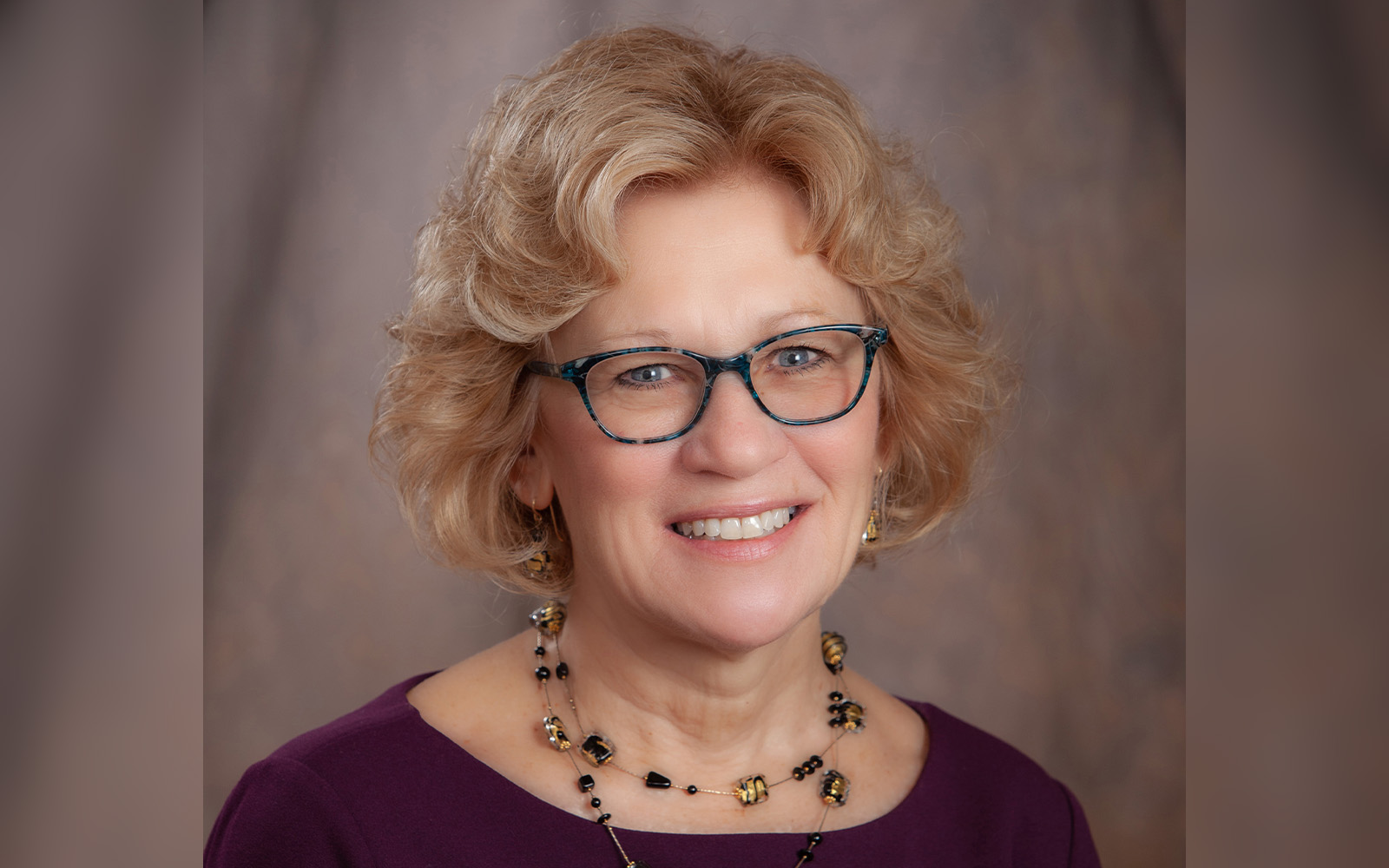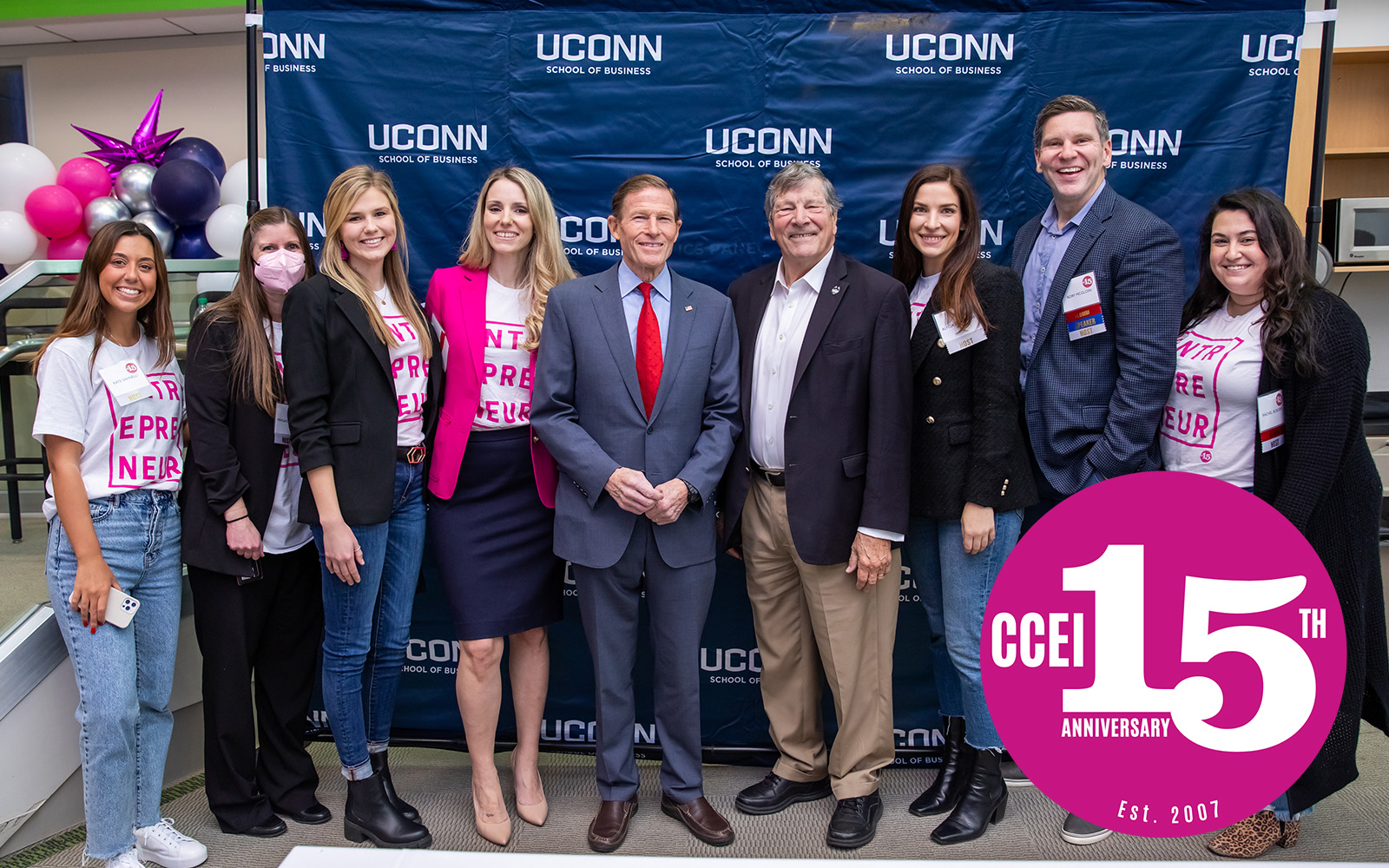UConn Today – The Russian invasion of Ukraine has captured the attention of Americans in ways that few other conflicts have, and created challenges that today’s business students will likely grapple with for the rest of their careers.
That’s the perspective of two leading business-ethics scholars who will be the guest panelists during a Feb. 20 program called “Business, Peace and the War in Ukraine: One Year Later.’’ It is part of the School of Business’ Equity Now speaker series that addresses prominent justice and human rights issues in business.






